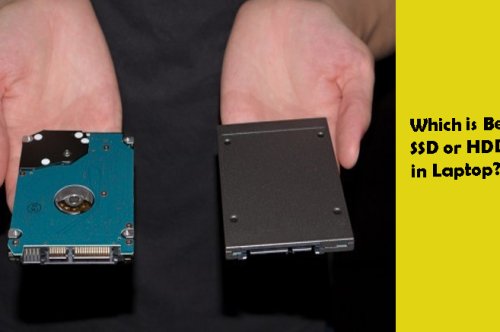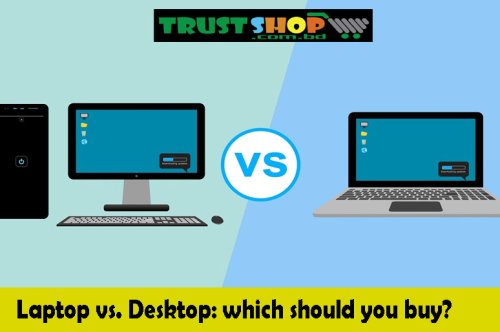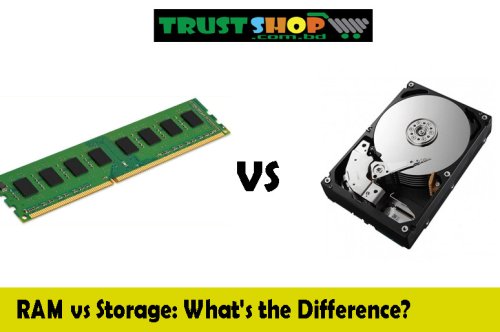What is CCTV Technology?

Closed-circuit television (CCTV), also known as video surveillance,[1][2] is the use of video cameras to transmit a signal to a specific place, on a limited set of monitors. It differs from broadcast television in that the signal is not openly transmitted, though it may employ point-to-point (P2P), point-to-multipoint (P2MP), or mesh wired or wireless links. Even though almost all video cameras fit this definition, the term is most often applied to those used for surveillance in areas that require additional security or ongoing monitoring (Videotelephony is seldom called "CCTV"[3][4]).
Surveillance of the public using CCTV is common in many areas around the world. Video surveillance has generated significant debate about balancing its use with individuals' right to privacy even when in public.[5][6][7]
In industrial plants, CCTV equipment may be used to observe parts of a process from a central control room, especially if the environments observed are dangerous or inaccessible to humans. CCTV systems may operate continuously or only as required to monitor a particular event. A more advanced form of CCTV, using digital video recorders (DVRs), provides recording for possibly many years, with a variety of quality and performance options and extra features (such as motion detection and email alerts). More recently, decentralized IP cameras, perhaps equipped with megapixel sensors, support recording directly to network-attached storage devices, or internal flash for completely stand-alone operation.
By one estimate, there will be approximately 1 billion surveillance cameras in use worldwide by 2021.[8][needs update] About 65% of these cameras are installed in Asia. The growth of CCTV has been slowing in recent years.[9][unreliable source?] The deployment of this technology has facilitated significant growth in state surveillance, a substantial rise in the methods of advanced social monitoring and control, and a host of crime prevention measures throughout the world.[10]
History
Closed circuit TV monitoring at the Central Police Control Station, Munich Germany in 1973.
Desk in one of the regional control-rooms of the National Police in the Netherlands in 2017.
CCTV control-room monitor wall for 176 open-street cameras in 2017.
An early mechanical CCTV system was developed in June 1927 by Russian physicist Léon Theremin[11] (cf. Television in the Soviet Union). Originally requested by the Soviet of Labor and Defense, the system consisted of a manually-operated scanning-transmitting camera and wireless shortwave transmitter and receiver, with a resolution of a hundred lines. Having been commandeered by Kliment Voroshilov, Theremin's CCTV system was demonstrated to Joseph Stalin, Semyon Budyonny, and Sergo Ordzhonikidze, and subsequently installed in the courtyard of the Moscow Kremlin to monitor approaching visitors.[11]
Another early CCTV system was installed by Siemens AG at Test Stand VII in Peenemünde, Nazi Germany in 1942, for observing the launch of V-2 rockets.[12]
In the United States, the first commercial closed-circuit television system became available in 1949, called Vericon. Very little is known about Vericon except it was advertised as not requiring a government permit.[13]
Technology
The earliest video surveillance systems involved constant monitoring because there was no way to record and store information. The development of reel-to-reel media enabled the recording of surveillance footage. These systems required magnetic tapes to be changed manually, which was a time-consuming, expensive and unreliable process, with the operator having to manually thread the tape from the tape reel through the recorder onto a take-up reel. Due to these shortcomings, video surveillance was not widespread. VCR technology became available in the 1970s, making it easier to record and erase information, and the use of video surveillance became more common.[14]
During the 1990s, digital multiplexing was developed, allowing several cameras to record at once, as well as time lapse and motion-only recording. This saved time and money which then led to an increase in the use of CCTV.[15]
Recently CCTV technology has been enhanced with a shift toward Internet-based products and systems, and other technological developments.[16]
Application
Closed-circuit television was used as a form of pay-per-view theatre television for sports such as professional boxing and professional wrestling, and from 1964 through 1970, the Indianapolis 500 automobile race. Boxing telecasts were broadcast live to a select number of venues, mostly theaters, where viewers paid for tickets to watch the fight live.[17][18] The first fight with a closed-circuit telecast was Joe Louis vs. Joe Walcott in 1948.[19] Closed-circuit telecasts peaked in popularity with Muhammad Ali in the 1960s and 1970s,[17][18] with "The Rumble in the Jungle" fight drawing 50 million CCTV viewers worldwide in 1974,[20] and the "Thrilla in Manila" drawing 100 million CCTV viewers worldwide in 1975.[21] In 1985, the WrestleMania I professional wrestling show was seen by over one million viewers with this scheme.[22] As late as 1996, the Julio César Chávez vs. Oscar De La Hoya boxing fight had 750,000 viewers.[23] Although closed-circuit television was gradually replaced by pay-per-view home cable television in the 1980s and 1990s, it is still in use today for most awards shows and other events that are transmitted live to most venues but do not air as such on network television, and later re-edited for broadcast.[18]
Marie Van Brittan Brown first pioneered and patented a CCTV home security system, much of the technology of which is still used in home security systems today (U.S. Patent 3,482,037).
In September 1968, Olean, New York was the first city in the United States to install video cameras along its main business street in an effort to fight crime.[24] Another early appearance was in 1973 in Times Square in New York City.[25] The NYPD installed it to deter crime in the area; however, crime rates did not appear to drop much due to the cameras.[25] Nevertheless, during the 1980s video surveillance began to spread across the country specifically targeting public areas.[15] It was seen as a cheaper way to deter crime compared to increasing the size of the police departments.[25] Some businesses as well, especially those that were prone to theft, began to use video surveillance.[25] From the mid-1990s on, police departments across the country installed an increasing number of cameras in various public spaces including housing projects, schools and public parks departments.[25] CCTV later became common in banks and stores to discourage theft, by recording evidence of criminal activity. In 1997, 3,100 CCTV systems were installed in public housing and residential areas in New York City.[26]
Experiments in the UK during the 1970s and 1980s, including outdoor CCTV in Bournemouth in 1985, led to several larger trial programs later that decade. The first use by local government was in King's Lynn, Norfolk, in 1987.[27]
Source: Wikipedia










